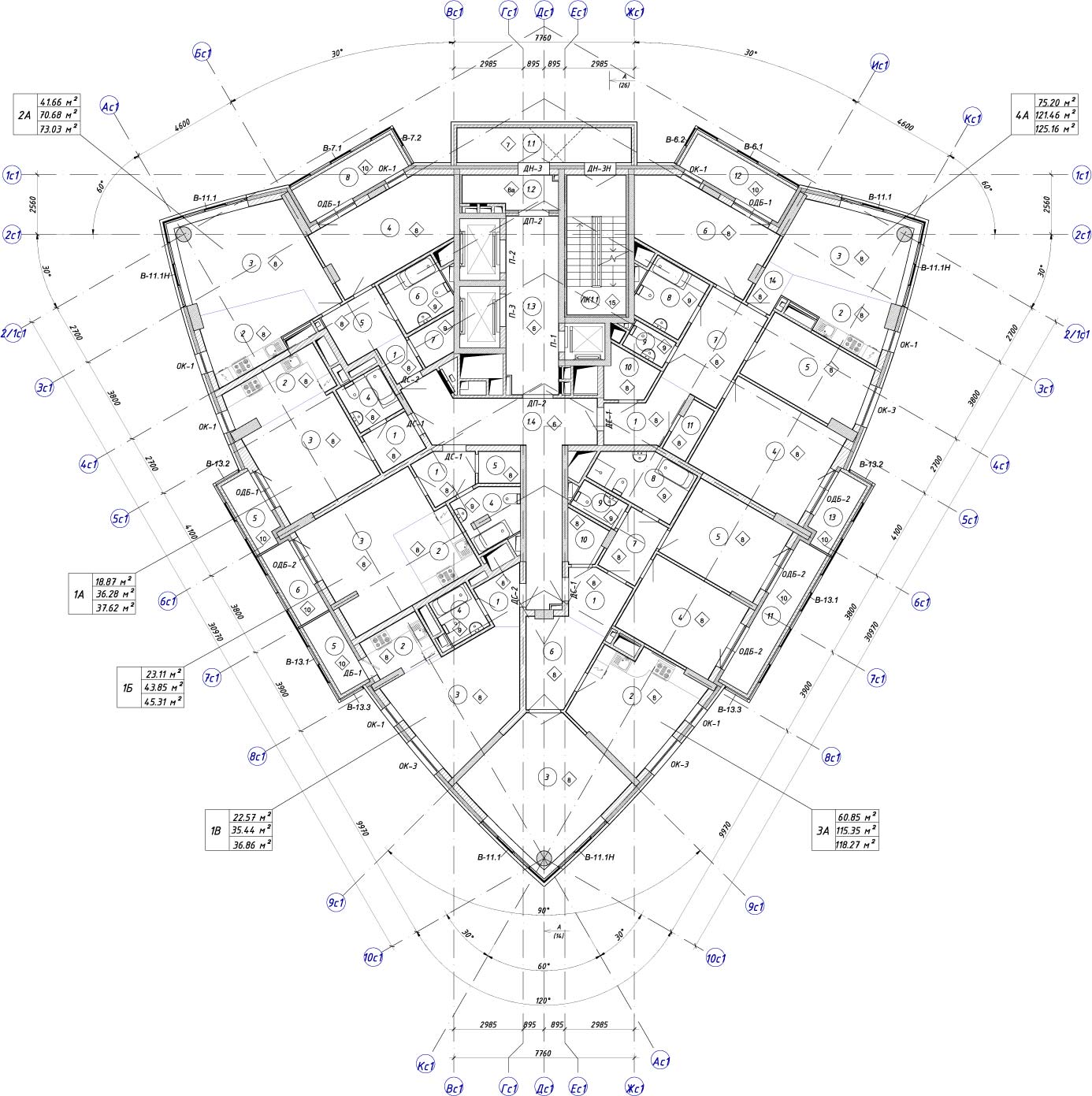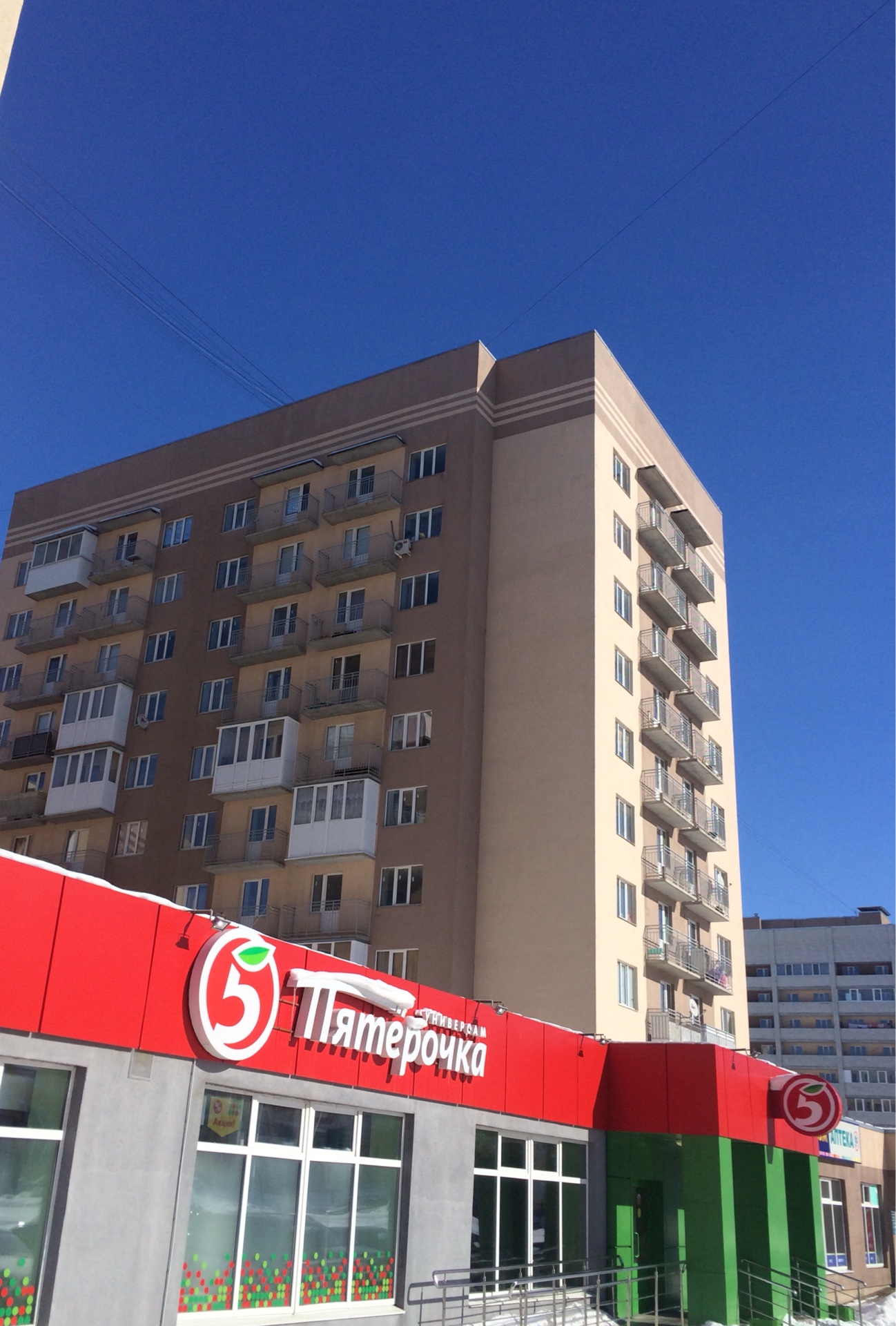Родники (жилмассив). Жилмассив родники
Родники (жилмассив) — Википедия (с комментариями)
Материал из Википедии — свободной энциклопедии
Родники (6-й микрорайон) — жилой микрорайон на севере Калининского района города Новосибирска. Население около 65 тысяч человек и оно регулярно увеличивается в связи с активной застройкой жилмассива.
Застроен в основном типовыми панельными 9-ти и 10-ти этажными домами. Среди новостроек встречаются также 17-ти этажные дома.
Изначально, чтобы подчеркнуть название района, в цветовом решении застройки района Родники преобладали белые и голубые тона.[1]
История
Застройка началась в 1980-е годы Новосибирским заводом химконцентратов. Строительство было остановлено в начале 90-х из-за финансовых трудностей и продолжено через 10 лет по уже изменённому плану. В настоящее время микрорайон продолжает активно строиться. Строительство проводится комплексно, с развитой инфраструктурой. Дома как правило сдаются "под ключ".
Инфраструктура
Сейчас на территории микрорайона действуют 3 средних школы (№211, №203 и №207), 4 детских сада. Основные улицы: ул. Тюленина, ул. Краузе, ул. Кочубея, ул. Земнухова, ул. Родники, ул. Свечникова, ул. Гребенщикова. В настоящий момент построена поликлиника, которая стала самой крупной в городе.[2]
Транспорт
На территории жилмассива проходит несколько маршрутов автобусов и маршрутных такси (16 маршрутов). Имеется 12 остановок общественного транспорта.
Напишите отзыв о статье "Родники (жилмассив)"
Примечания
- ↑ [www.jilfond.ru/news/news_view.php?view=1&nid=155 Жилфонд, «Энциклопедия недвижимости Новосибирска»: квартиры и дома Калининского района. 2010]
- ↑ [kp.ru/daily/24335.4/526181/ Комсомольская правда В «Родниках» строится крупнейшая в Новосибирске поликлиника]
Ссылки
[www.360cities.net/image/rodniki2 Виртуальная панорама микрорайона «Родники» (с крыши дома)]
Отрывок, характеризующий Родники (жилмассив)
Но пока Николай перерабатывал в себе эти вопросы и все таки не дал себе ясного отчета в том, что так смутило его, колесо счастья по службе, как это часто бывает, повернулось в его пользу. Его выдвинули вперед после Островненского дела, дали ему батальон гусаров и, когда нужно было употребить храброго офицера, давали ему поручения.wiki-org.ru
Родники (жилмассив) - Википедия
Материал из Википедии — свободной энциклопедии
Текущая версия страницы пока не проверялась опытными участниками и может значительно отличаться от версии, проверенной 7 августа 2013; проверки требуют 10 правок. Текущая версия страницы пока не проверялась опытными участниками и может значительно отличаться от версии, проверенной 7 августа 2013; проверки требуют 10 правок.Застроен в основном типовыми панельными 9-ти и 10-ти этажными домами. Среди новостроек встречаются также 24-х этажные дома.
Изначально, чтобы подчеркнуть название района, в цветовом решении застройки района Родники преобладали белые и голубые тона.[1]
История[ | ]
Застройка началась в 1980-е годы Новосибирским заводом химконцентратов. Строительство было остановлено в начале 90-х из-за финансовых трудностей и продолжено через 10 лет по уже изменённому плану. В настоящее время микрорайон продолжает активно строиться. Строительство проводится комплексно, с развитой инфраструктурой. Дома как правило сдаются "под ключ".
Инфраструктура[ | ]
Сейчас на территории микрорайона действуют 3 средних школы (№211, №203 и №207), 4 детских сада. Основные улицы: ул. Тюленина, ул. Краузе, ул. Кочубея, ул. Земнухова, ул. Родники, ул. Свечникова, ул. Гребенщикова. В настоящий момент построена поликлиника, которая стала самой крупной в городе.[2]
Транспорт[ | ]
На территории жилмассива проходит несколько маршрутов автобусов и маршрутных такси (16 маршрутов). Имеется 12 остановок общественного транспорта.
Примечания[ | ]
Ссылки[ | ]
Виртуальная панорама микрорайона «Родники» (с крыши дома)
encyclopaedia.bid
Родники (жилмассив) - WikiVisually
1. Новосибирск – Novosibirsk is the third-most populous city in Russia after Moscow and St. Petersburg. It is the most populous city in Asian Russia, with a population of 1,473,754 as of the 2010 Census and it is the administrative center of Novosibirsk Oblast as well as of the Siberian Federal District. It is split into ten districts and occupies an area of 502.1 square kilometers and it superseded nearby Krivoshchekovskaya village, which was founded in 1696. The bridge was completed in the spring of 1897, making the new settlement the regional transport hub, the importance of the city further increased with the completion of the Turkestan-Siberia Railway in the early 20th century. The new railway connected Novonikolayevsk to Central Asia and the Caspian Sea, at the time of the bridges opening, Novonikolayevsk had a population of 7,800 people. Its first bank opened in 1906, and a total of five banks were operating by 1915, in 1907, Novonikolayevsk, now with a population exceeding 47,000, was granted town status with full rights for self-government. During the pre-revolutionary period, the population of Novonikolayevsk reached 80,000, the city had steady and rapid economic growth, becoming one of the largest commercial and industrial centers of Siberia. It developed a significant agricultural processing industry, as well as a station, iron foundry, commodity market, several banks. In 1913, Novonikolayevsk became one of the first places in Russia to institute compulsory primary education, the Russian Civil War took a toll on the city. There were wartime epidemics, especially of typhus and cholera, that thousands of lives. In the course of the war the Ob River Bridge was destroyed, for the first time in the citys history, the population of Novonikolayevsk began to decline. The Soviet Workers and Soldiers Deputies of Novonikolayevsk took control of the city in December 1917, in May 1918, the Czechoslovak Legions rose in opposition to the revolutionary government and, together with the White Guards, captured Novonikolayevsk. The Red Army took the city in 1919, retaining it throughout the rest of the Civil War, Novonikolayevsk began reconstruction in 1921 at the start of Lenins New Economic Policy period. It was a part of Tomsk Governorate and served as its center from December 23,1919 to March 14,1920. Between June 13,1921 and May 25,1925, it served as the center of Novonikolayevsk Governorate. The city was given its present name on September 12,1926, since then, it has served as the administrative center of Novosibirsk Oblast. The Monument to the Heroes of the Revolution was erected in the center of the city and has one of the chief historic sites. Neglect in the 1990s while other areas were redeveloped helped preserve it in the post-Soviet era, during Joseph Stalins industrialization effort, Novosibirsk secured its place as one of the largest industrial centers of Siberia
2. Кочубей – Kochubey was a Crimean Tatar family of the Cossack Hetmanate and later the Russian Empire. Over the years many representatives of the family placed high government positions,4 June 2013 Yaresko, M. Descendant of Kochubey, We have kept the main thing - loyalty to Orthodoxy and faith in God
3. Новосибирский Академгородок – Akademgorodok is a part of the Sovetsky District of the city of Novosibirsk, Russia, located 30 km south of the city center and about 10 km west of the Science town Koltsovo. It is the educational and scientific centre of Siberia and it is surrounded by a birch and pine forest on the shore of the Ob Sea, an artificial reservoir on the river Ob. Formally it is a part of Novosibirsk city, and has never been a closed city, the House of Scientists also includes a picture gallery, lecture halls and a concert hall. The town was founded in 1957 under the auspices of the Academy of Sciences of the USSR, at its peak, Akademgorodok was home to 65,000 scientists and their families, and was a privileged area to live in. During the Soviet period, due to the peculiarity of the Soviet economic system, to offset this, a special compensation system was devised in Akademgorodok for its residents and leading scientists. Scientific research in areas dismissed as pseudoscience in Moscow, such as cybernetics and genetics. However, freedoms were severely curtailed in the 1970s during the Brezhnev era, the collapse of the Soviet Union saw many scientists, including whole cadres of Russias top minds in the physical and theoretical sciences, reduced to penury. Beginning in the mid-1990s, as economic reforms allowed private investment in Russia, in 1992, a software company called Novosoft was founded here, and its chief client was IBM. Around this time CFT started, which specializes in banking and financial software, by 1997 private investment reached US$10 million, by 2006 it was $150 million, reaching about $1 billion by 2015. Intel and Schlumberger have brought work to Akademgorodok, and other companies are following them into the area, including Lavrentyevs son, also named Mikhail and also an accomplished mathematician in his own right, were deeply involved in this renaissance. Currently its population stands at over 100,000 and there are over 40 research institutes located within Akademgorodok. While still minuscule by the standards of other countries, the private venture effort in Akademgorodok has breathed new life into what was one of the Soviet Unions premier scientific centers. As of 2015,300 companies had set up since 2011, employing about 9,000 people. The area is sometimes called Silicon Forest, a much larger technology center in the former Soviet Union is the Skolkovo Innovation Center, conveniently located on the outskirts of Moscow, a $4bn state project with annual revenues of $1bn. The Quality Schools International QSI International School of Novosibirsk, previously located in Akademgorodok, technopark - modern building constructed in a style of hi-tech in 2013. Two inclined towers are connected by a passage on the 13-14 th floor level. For its unique form towers unofficially are named geese, New Atlantis Revisited, Akademgorodok, the Siberian City of Science. Princeton, New Jersey, Princeton University Press, dispatches - Silicon Siberia Fortune April 2,2007 pp 33–36






.jpg)


